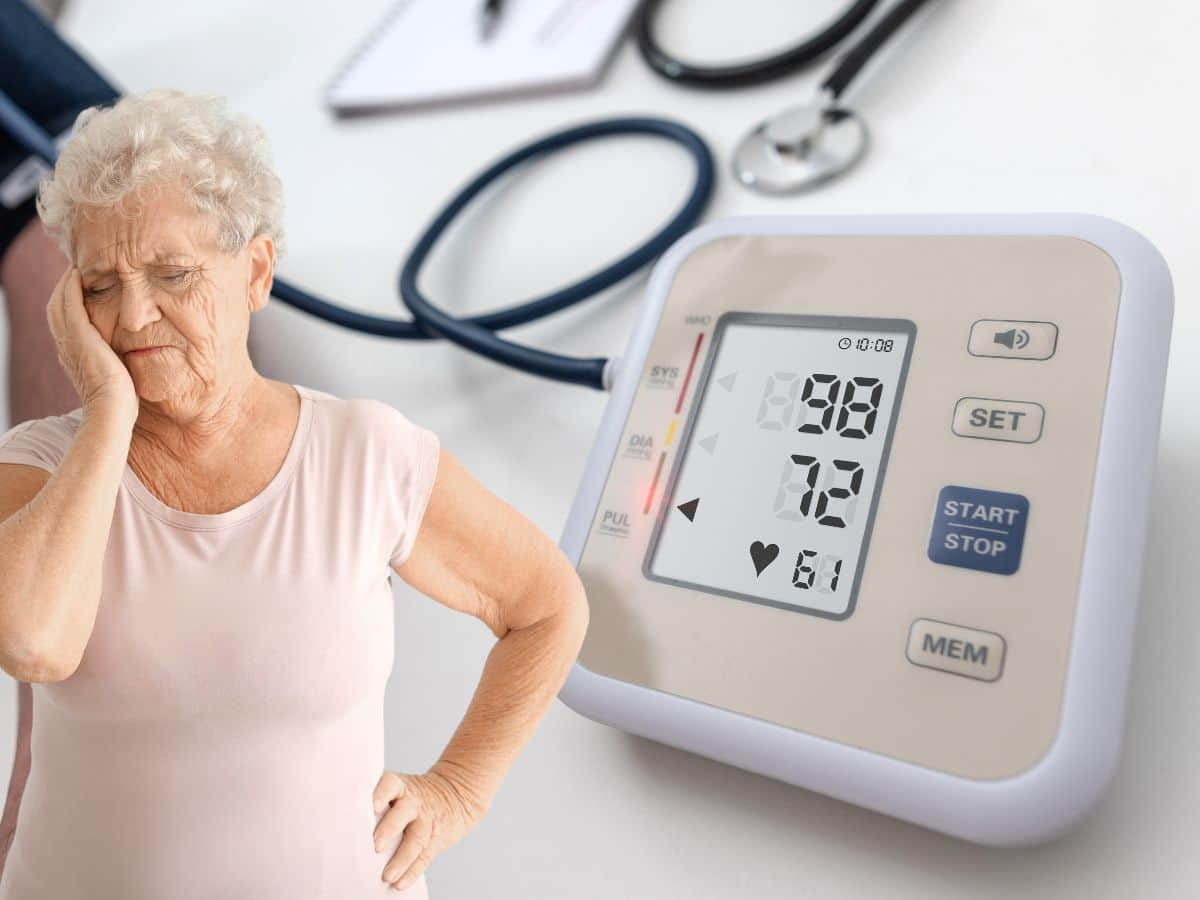Explore Ayurvedic tips for managing hypotension and maintaining healthy blood pressure levels with natural remedies and lifestyle adjustments. Low blood pressure , or hypotension, occurs when the force of blood against artery walls is too low, leading to symptoms like dizziness, fatigue, and fainting. It can be caused by dehydration, prolonged bed rest, or certain medical conditions.
Adverse effects include poor circulation, which may lead to complications such as blurred vision, confusion, and organ damage. In severe cases, it can impair the body's ability to deliver oxygen and nutrients to vital organs. Ayurveda can help manage low blood pressure through dietary and lifestyle adjustments.

Consuming foods that increase blood volum e, such as leafy greens and nuts, and incorporating herbs like ashwagandha and liquorice can support healthy blood pressure levels. Regular exercise and stress management techniques also play a crucial role. This article delves deep into Ayurvedic tips to manage low blood pressure without medication.
6 Ayurvedic Tips To Manage Low Blood Pressure Without Medication Explore six Ayurvedic tips to manage low blood pressure naturally, including the use of adaptogenic herbs, balanced diets, and gentle exercises. These strategies support stable blood pressure levels without relying on medication. Adaptogenic herbs like Ashwagandha and licorice root can help stabilize blood pressure by supporting the adrenal glands and improving overall energy levels.
Ashwagandha enhances stress resistance and balances bodily functions, while licorice root helps increase blood volume and support cardiovascular health . Drinking herbal teas made from ingredients like ginger, cinnamon, or cardamom can improve circulation and maintain blood pressure levels. Ginger stimulates blood flow, cinnamon helps regulate blood sugar and pressure, and cardamom enhances digestion and nutrient absorption, contributing to overall cardiovascular health.
Consuming a balanced diet rich in iron, potassium, and vitamins can support healthy blood pressure levels. Include foods like leafy greens, nuts, seeds, and whole grains. Ayurveda recommends eating small, frequent meals to maintain stable blood sugar and energy levels, which can help prevent drops in blood pressure.
var firstScrolled3 = false; window.addEventListener("scroll",(event) => { if(!firstScrolled3) {window._taboola = window.
_taboola || []; _taboola.push({ mode: "thumbnails-m", container: "taboola-mid-article-thumbnails", placement: "Mid Article Thumbnails", target_type: "mix" }); firstScrolled3 = true; } }); Regular yoga and gentle exercises like walking can improve circulation and help manage low blood pressure. Poses such as the Warrior and Downward Dog enhance blood flow to the brain and heart.
Exercise promotes cardiovascular health and strengthens the body's overall ability to maintain stable blood pressure. Ayurveda emphasizes the importance of maintaining a healthy weight to manage blood pressure effectively. Excess weight can strain the heart and circulatory system.
Eating balanced meals and engaging in regular physical activity helps regulate body weight, which in turn supports stable blood pressure levels and overall well-being. Managing stress through practices like meditation and deep breathing is crucial for maintaining healthy blood pressure. Ayurvedic techniques such as Pranayama (breath control) and mindfulness help calm the mind and reduce stress, which can contribute to more stable blood pressure and improved overall health.
Difference Between Low Blood Pressure And High Blood Pressure? Low blood pressure (hypotension) occurs when blood pressure is too low, causing dizziness, fainting, and fatigue due to insufficient blood flow to organs. High blood pressure (hypertension) involves elevated blood pressure levels, which can lead to heart disease, stroke, and kidney damage. While low blood pressure often results in poor circulation, high blood pressure increases the risk of cardiovascular disease and health complications over time.
.



















